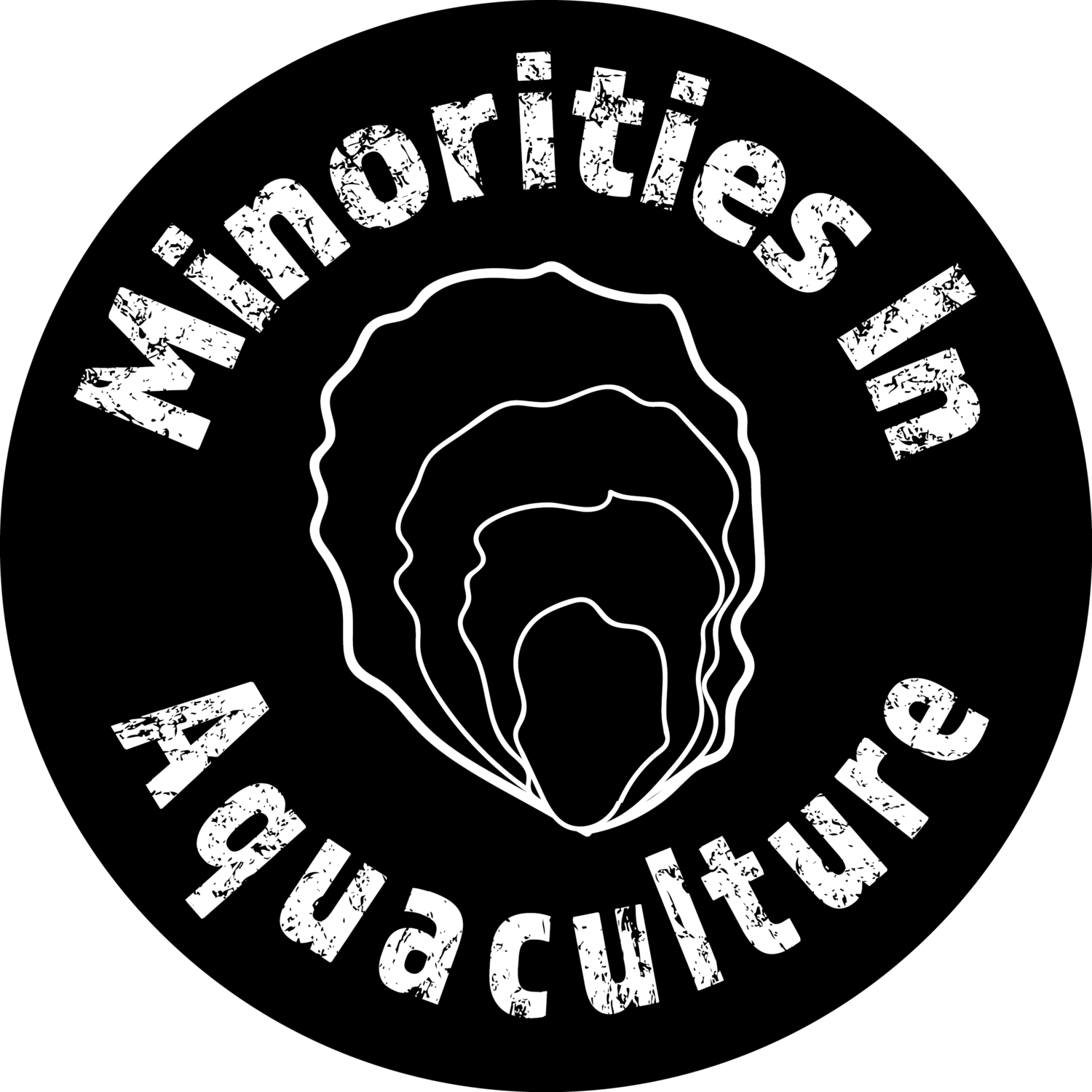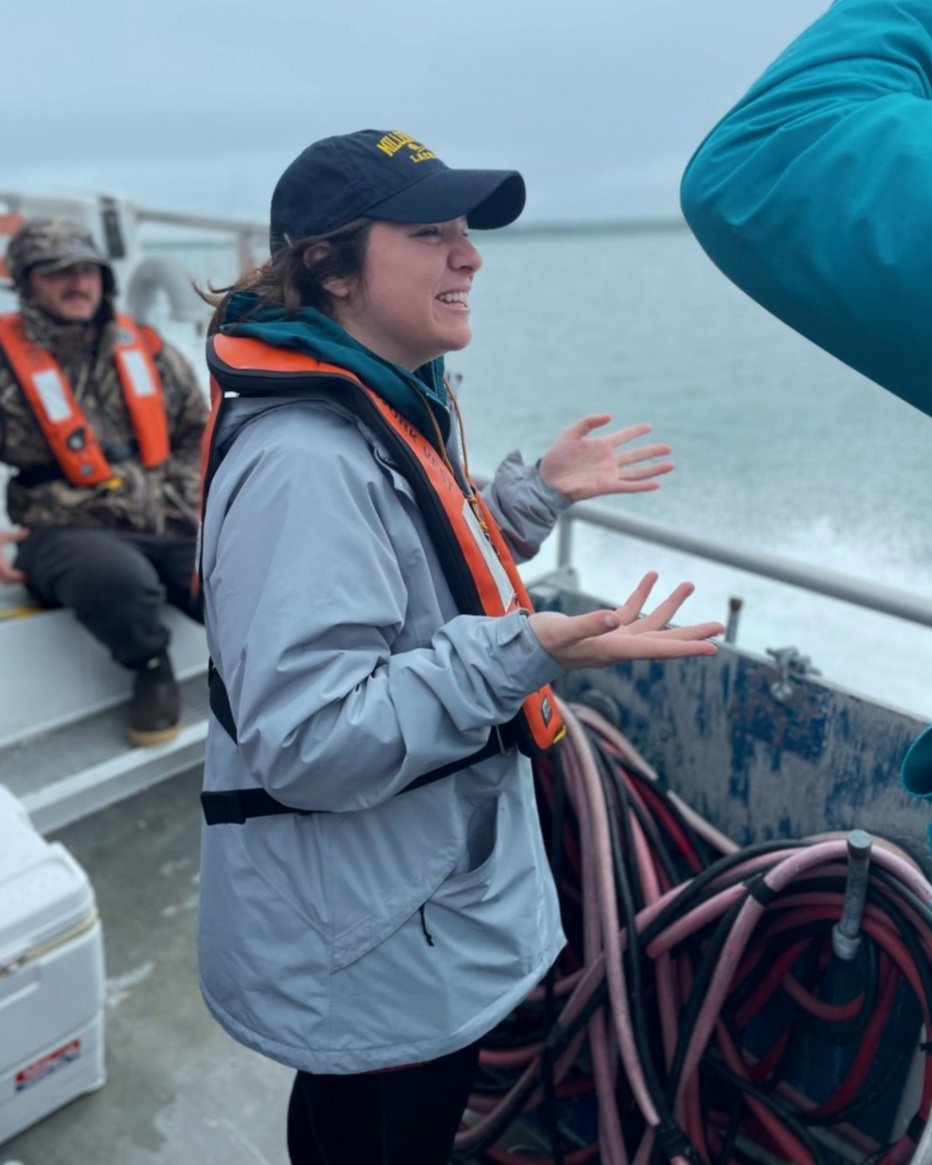SEARCHING FOR SEAFOOD IN A DESERT
The growing presence of the aquaculture industry has made tremendous strides in extending seafood seasons and keeping up with American’s insatiable craving for seafood. However, in neighborhoods classified by the USDA as “food deserts,” the debate of which bay has the best oysters is barred to those 19 million Americans since seafood and other nutritious foods are challenging to access.
Food deserts are a complex problem, and that classification is criticized by professionals working within that field as providing inaccurate data that makes finding solutions to the problem challenging. Food desert communities in urban areas are located over one mile from a major chain grocery store and in rural regions, neighborhoods are over 10 miles away from a chain supermarket. These classification parameters don’t include the distance it takes for individuals who must take public transportation to these supermarkets or considers small grocery stores such as bodegas and farmer’s markets. Most food deserts are made up by low-income and minority communities in urban areas.
Seafood provides nutrients important for human health and that most Americans could supplement if eating enough fish and shellfish. Of the 80-90% of Americans that do consume fish, they eat less than half of the recommended weekly intake. Individuals located in a food desert consume even less. Low-income minority communities located along the coast face the same challenges as the same communities located more inland face when finding access to seafood.
As the West Coast has ample naturally occurring seafood sources as well as an aquaculture industry, scientists at Sandford University and the University of Washington wanted to study how organizations overcame challenges and the conditions established that allowed them to successfully supply seafood to communities that could potentially be classified as food deserts.
Scientists interviewed representatives from 10 organizations along the West Coast that fell into the categories of nonprofit food rescue, schools, hospitals, fish-related businesses, and community food coalitions. Avenues of focus for these organizations are the seafood supply chain and developing low-cost distribution for local seafood that are cost effective for all parties.
Success for the cooperation between the seafood supplier and the food supplying organizations were the accountability and willingness of individuals in each organization to maintain the partnerships. While most might assume the financial burden of the seafood distributer would be the most important factor, it ended up being rather cost neutral.
That being said, the nonprofit organizations were able to source seafood products that had low or no value in the standard supply chain and repurpose them to the communities in need of fish. Species like Opah are caught by accident by commercial fisherman when the actual desired and targeted catch is swordfish. Nonprofits can negotiate prices with fisherman and find use for a typically discarded catch.
Food banks were able to provide high value fish that were sequestered from sources that had illegal harvests. This is the less traditional route for obtaining fish for foodbanks, but a valuable avenue, nonetheless. Hatchery-raised species like steelhead and salmon have a threshold of fish allowable to produce. Any fish counts over their legal limits are “seized” by law enforcement. Contacted by law enforcement, food banks receive the unsellable fish. Challenges that this relationship had was sending the seized fish to the processing plant before the catch spoiled. After logistics were decided upon with all parties, large quantities of affordable fish were provided to neighborhoods that couldn’t typically incorporate these products into their diets.
Cultural connections and champions in positions that had authority over operation capacity of their organizations were the community members that helped facilitate avenues that prevented seafood waste and worked towards increasing access to seafood. An organization participant in the study thinks “…a big part of this…something that often gets overlooked, is…leadership in planning a community, or organizations that support that level of leadership.”
ABOUT THE AUTHOR
MICHELLA SALVITTI
Michelle is a Pennsylvania native and a PhD student at the University of Maryland Eastern Shore. Her research focuses on a group of environmental contaminants called PFAS and how the impact aquatic environments.
*** Author’s note: Organizations involved in this study were Bay2Tray, Clatsop Community Action Regional Food Bank, SeaShare, San Diego Food Systems Alliance, and Seafood Working Group (SDFSA)
Sources:
Congressional Research Service
Department of Health and Human Services
The seashore photo's source is from ReFED


